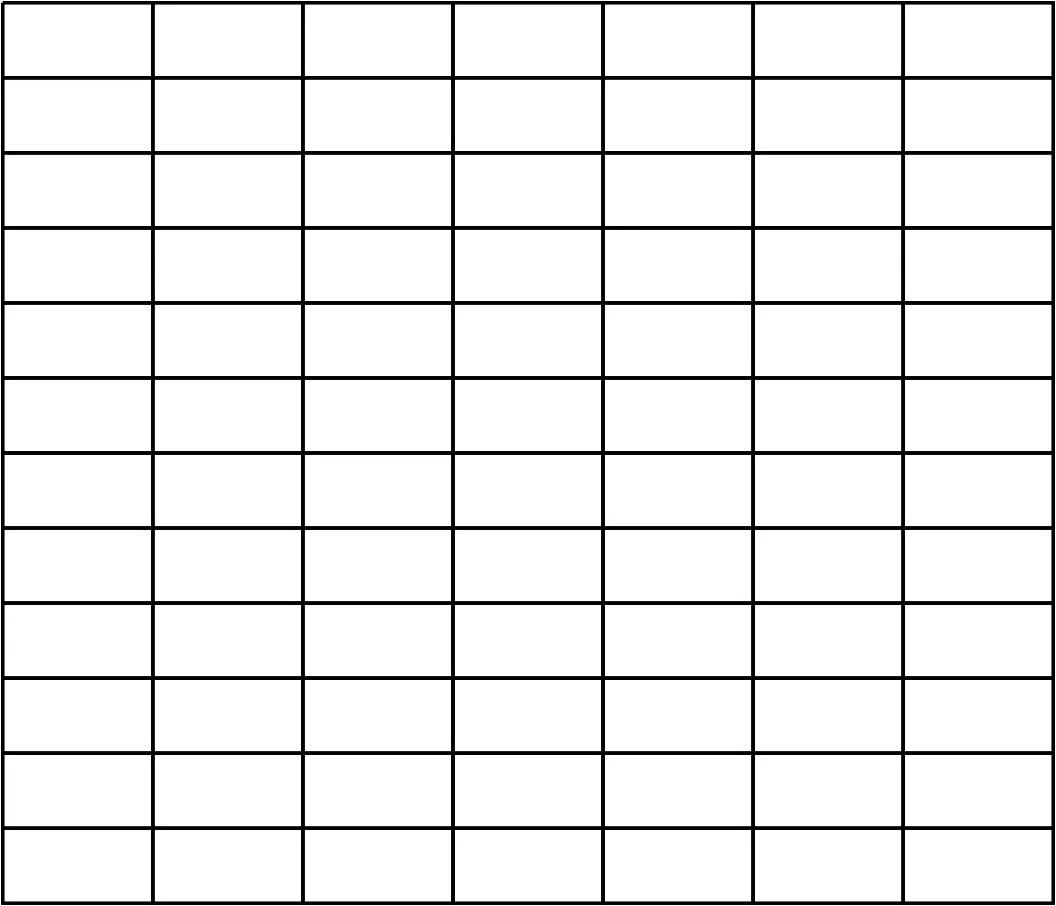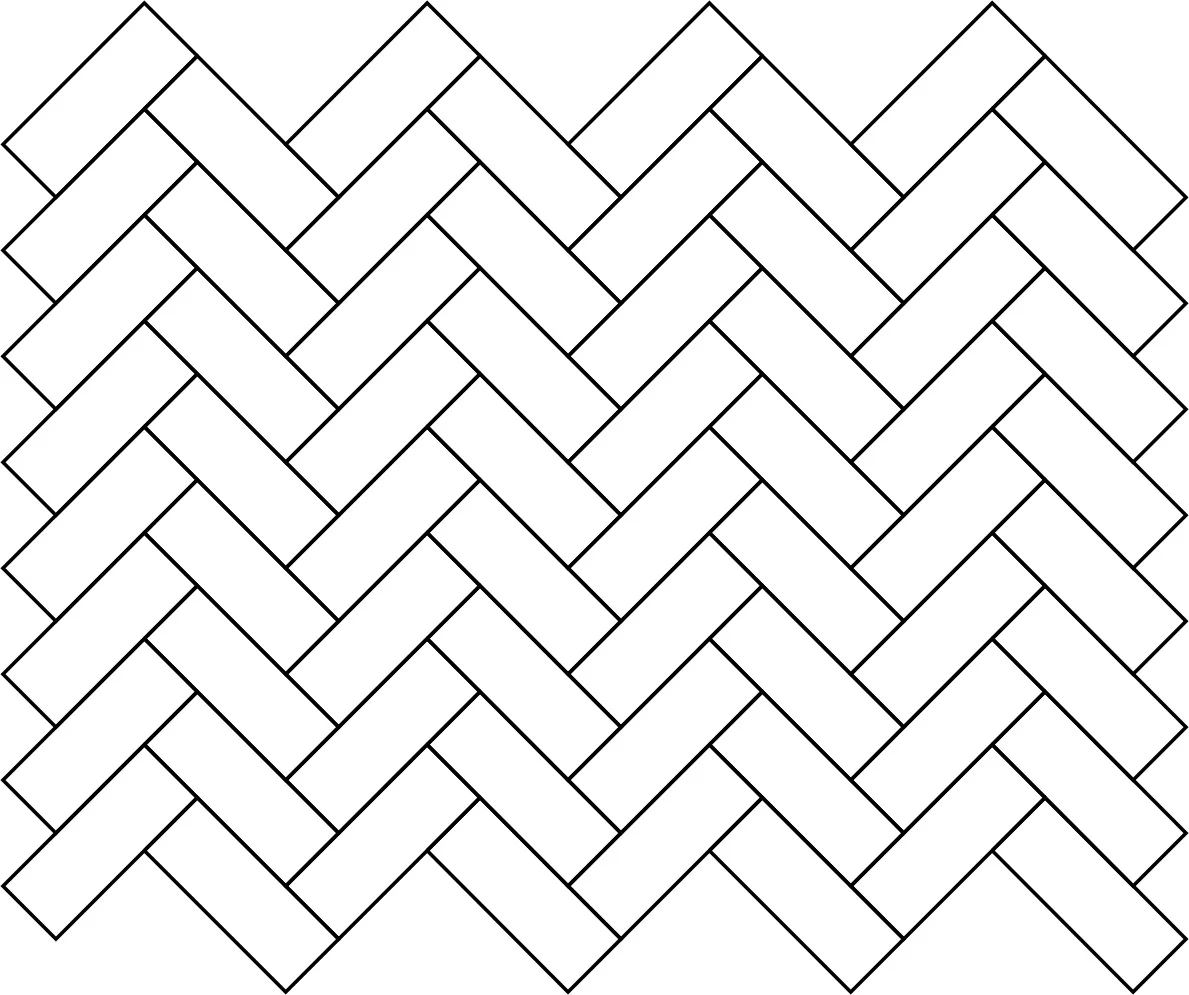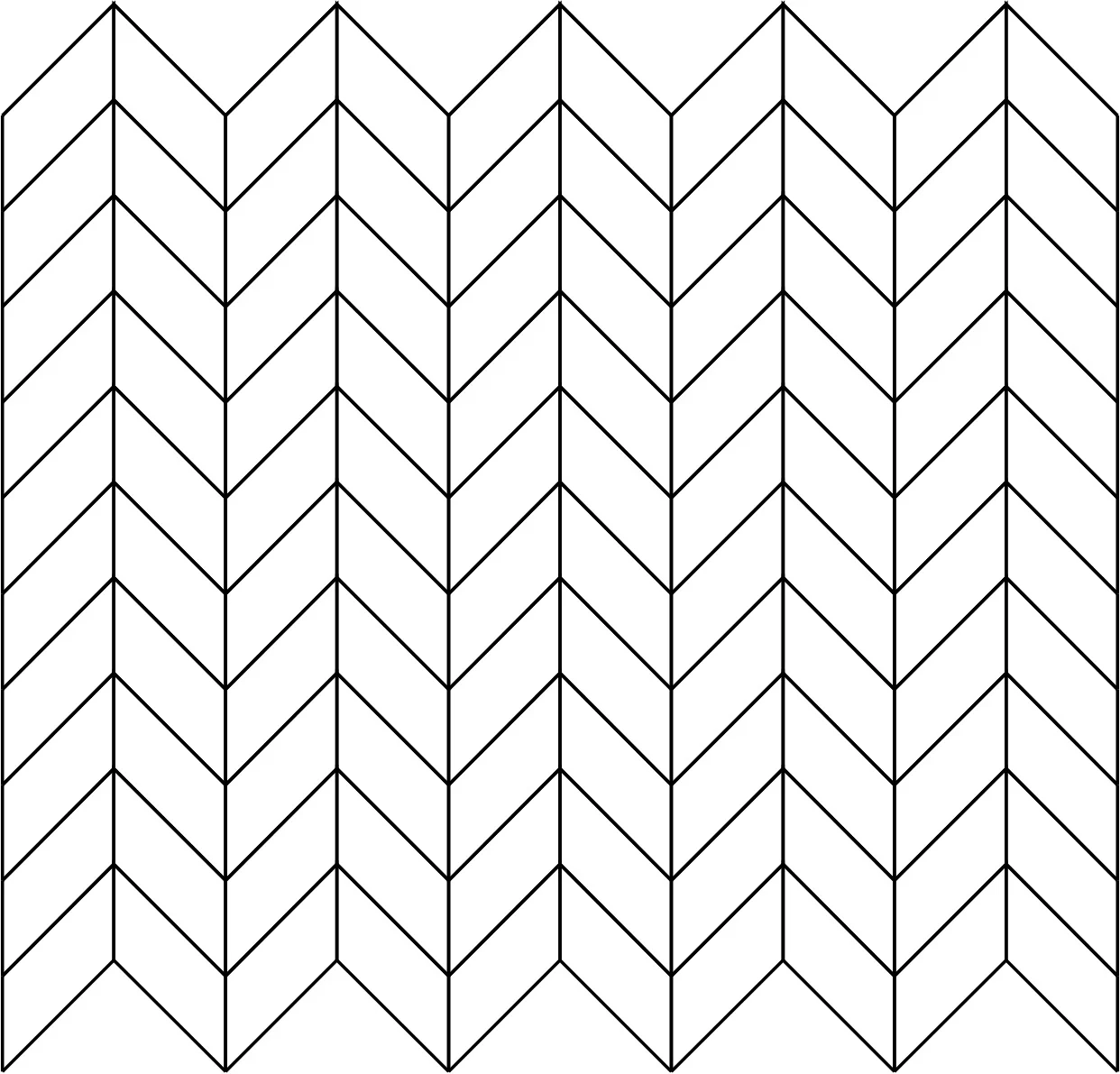Terminology: Common Subway Tile Patterns
As most of you probably know, subway tiles are back and they are beautifully versatile. They can be classic or modern. Not only are there a ton of actual tiles to choose from, but there are endless patterns as well. However, I have seen many instances where people accidentally request the wrong tile pattern! Nobody wants to be unpleasantly surprised after an install. I am going to highlight four common tile patterns that work well with subway tile and their names so you know exactly what you want and how to ask for it.
Herringbone Tile from the Cherry Hill Renovation Project
Running Bond Pattern
Running Bond
Likely the most recognizable pattern as it is often seen on the exterior of buildings as a brick pattern. In this case, the tiles are staggered by centering the end of each tile with the centerline of the tile above and below it. Sometimes this is also referred to as a brick pattern, but that can be a misleading term because bricks can be laid in a variety of patterns as well.
Stacked or Stack Bond Pattern
Stacked or Stack Bond
As the most simple tile pattern, it also has the potential to look the most modern. The tiles are stacked so that all the grout lines are continuous throughout, essentially creating a grid pattern. This is seen in brick walls as well, but not as often because as a brick this pattern does not offer nearly as much structural stability as a running bond pattern. Luckily, tile for your kitchen backsplash or shower wall would not be structural, so you don't need to worry about that.
Herringbone Pattern
Herringbone
Some get this pattern confused with chevron - these are not interchangeable terms. Both are installed at a 45 degree angle, however with a herringbone pattern the short tile edges end at a 90 degree angle so that the edges end up being perpendicular to the adjacent tile. The short ends of the tile fit into the next row sort of like a puzzle. For this pattern to look more elegant I would recommend a slightly longer tile, however if you want a more casual look stick to a shorter subway tile. It comes down to personal preference. Keep in mind that with this pattern you will need to purchase more tile as there is a higher waste factor. I would recommend hiring a professional for this pattern install - if tiles start to be installed just one angle degree off it will eventually jumble the entire pattern. The last thing you want is a herringbone pattern that slowly goes terribly wrong from one room to the other. An experienced professional would recognize something like this right away and they would adjust or recut a tile accordingly.
Chevron Pattern
Chevron
In contrast to a herringbone pattern, tiles set in a chevron pattern are cut at a 45 degree angle at the ends. This creates very clear rows of tile installed at a 45 degree angle, which resemble arrowheads or Vs throughout the pattern. I would recommend a slightly longer tile for this pattern. If you decide to go with this pattern, more tile will need to be purchased due to a higher waster factor from all the tile cuts. In addition, there would also be higher labor costs because the tile would have a more complicated install (much like a herringbone pattern). However, the results can be stunning.
Basket Weave Pattern
Basket Weave
Sort of a twist on the stacked pattern, a basket weave pattern is when tiles are laid in perpendicular pairs. Throughout the pattern, the tile alternates between being laid vertically or horizontally. Each direction of the pairs of tile alternate in each row as well. For this pattern to work properly the short side of the tile needs to be exactly half the length of the long side of the tile. Seems like a silly thing to mention, but not all subway tile has these proportions. The pattern ends up looking like the weave of a basket giving the tile more visual dimension.
The patterns you can create with tile are virtually endless. Here I listed common patterns that apply to subway tile, but there are many other shapes of tile to choose from which can create even more patterns. In addition, do not forget that you can also play with the color of the tile and the grout. A tile could be all white or it could have 5 different shades of blue distributed evenly throughout. When it comes to grout, if you want the pattern to be more subtle, try to pick a grout color that blends into the tile color. If you want to accentuate the tile pattern pick a contrasting grout color. Allow the tile pattern, tile color and grout hue to either subdue the pattern or help it stand out. If you’re still not sure how to narrow down your options, give us a call!






